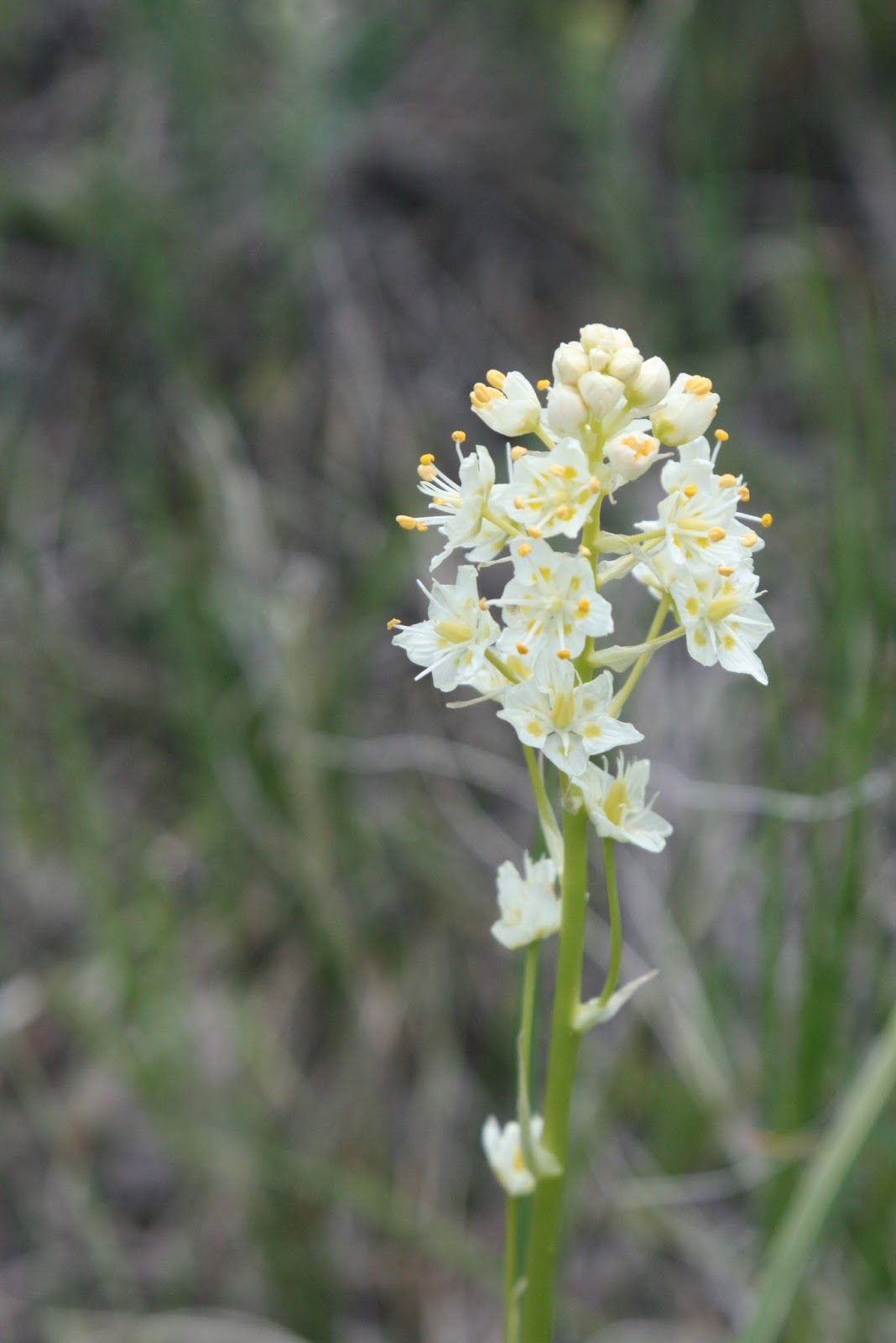If you look at a hillside of aspens you'll notice that they aren't always the same color. There will be large patches of gold aspens, but you'll see areas where all the trees are red and other areas where they haven't started turning yet.
Aspens are trees that grow primarily from the spreading of their root system. If you have any in your yard you may notice lots of little ones coming up around it. These arise not from seeds, but from the roots. This process creates large "forests" that are really all one organism. Although we've just started to understand this cloning process, it appears that aspens form some of the largest organisms
in the world with the largest in Utah, and second largest in Colorado on Kebler Pass.
It's hard to tell exactly where one starts and the next begins, but when you see the big patches of color on the mountainside, salute the largest plants in the state!
 |
| Patches of different-colored Aspens cover the hillside |













.JPG)



























